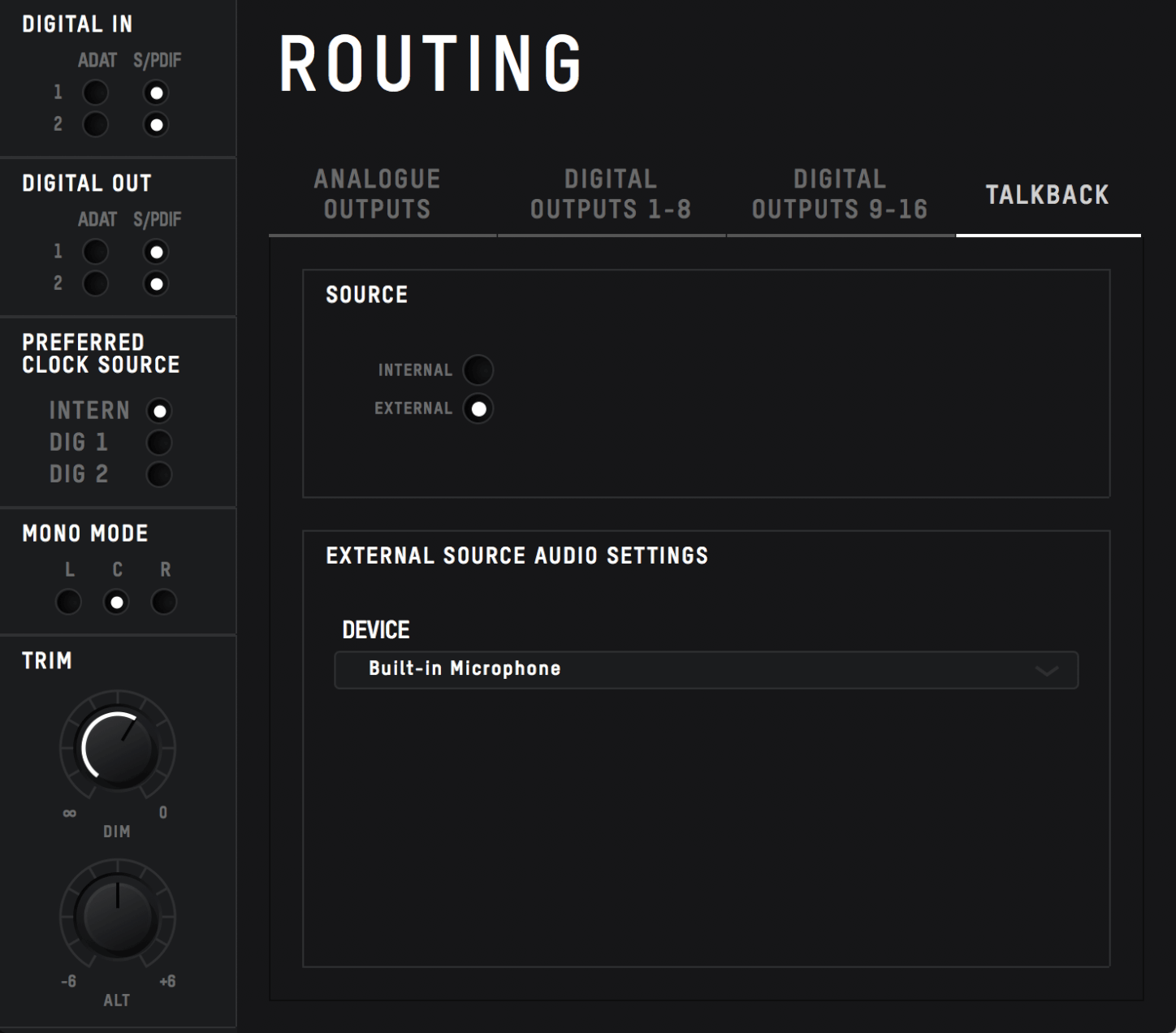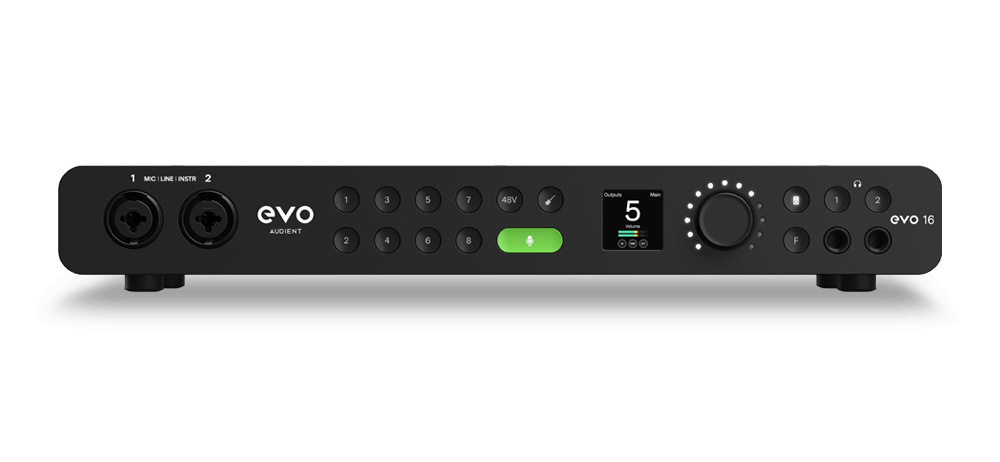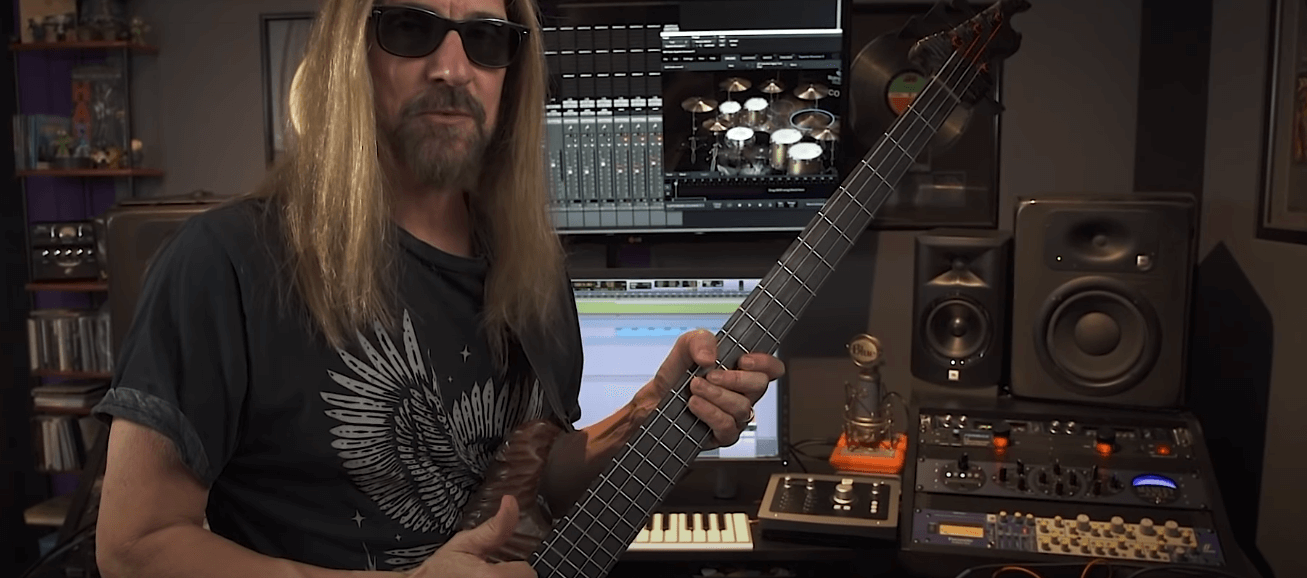Intro
Drivers are something that most of us seem to glance over. We install them once and then move on, forgetting how important they actually are. Well for those of you who don’t know what they actually do, this is the article for you!
Drivers are pieces of software that allow the computer to communicate with peripherals connected to your computer. Taking data from a device and processing it so that the computer can use it or vice versa. As a computer’s Central Processor Unit (CPU) only has a finite amount of processing power, drivers will work with the Operating system to help cue jobs up ready to be processed by the processor when there’s a free slot in the CPU’s time. This could be a mouse moving a pointer on screen or a computer sending a document to a printer.
However, here at Audient, the drivers we care about most are Audio Drivers as this allows us to send and receive audio from our Audient interfaces to our computers for recording, processing and mixing.
Audio drivers are somewhat different to the examples above as it is time sensitive data. If a document being sent to the printer isn’t processed by the drivers quite on time then you are very unlikely to notice this. However, if audio drivers don’t process the audio quickly enough then you’re left which a chunk of silence which depending on the severity of the chunks can be heard as crackles or pops.
Buffer biscuits
Buffer = Biscuits
To add a degree of protection against these dropouts, audio drivers utilize something called a buffer. This is essentially a ‘queue’ of audio samples which wait to be processed. You could imagine these buffers as biscuits getting put into boxes.
The Biscuits come through the production line at a fixed pace and fall into a box to be packaged. For the sake of this example, let’s say there is normally a biscuit every second.
Each box has room for a certain number of biscuits and the box will wait the right amount of time for the biscuits to fill the box. As the biscuits are produced 1 per second, a box of 50 biscuits would wait 50 seconds before the package is sealed up and shipped off and a new biscuit box is started.
If something in the biscuit production line blocks the conveyor belt then biscuit rate will be slower and a biscuit box may leave with not enough bisThe larger the biscuit box, the longer the workers will have to notice the problem and get the biscuits into the box before it’s sealed up and shipped out.
In this case the box of biscuits is your sample buffer, the stream of biscuits is your audio and the workers are the processor of your computer. The biscuits being shipped off can be thought of as the audio being sent to your interface. And of course, computers operate much quicker than biscuit factories.

The bigger the buffer size, the more likely your CPU will keep up.
Having a smaller biscuit box or a smaller buffer means that if there is anything that interrupts the audio stream being processed, such as the computer needing to process the calculations for a plug-in or simply handling things that keep the computer running, this can cause the buffer to leave before its full and this will cause a small drop out.

The smaller the buffer size the more likely dropouts will occur.
Having a larger buffer means that there’s more time for the audio to be processed before it leaves for the interface, even if there’s a small interruption there is still some time for the audio to be processed.
To control this entire process, the drivers need to have some systems in place and these systems will take some time to complete, such as a quality control station in a biscuit factory.
The more efficient this stage is, the quicker the biscuits can be shipped or in audio terms, the less delay between the audio being processed and being heard… also known as our old friend latency.
Latency
What Have Audient
Done To Combat Latency?
To reduce our overall latency, Audient spends a great deal of time working to improve our drivers to increase efficiency and therefore ship more biscuits… I mean reduce latency times.
With that in mind Audient is happy to announce the release of the iD driver, Version v4.0.0 which heralds in a new era of performance for the award winning iD interface range. The new drivers are now available for all interfaces including the iD4, iD14, iD22 and iD44.
But, What’s New I Hear You Ask?…
Reworked Audio Drivers
The performance of an interface will depend on its driver and how well these drivers can communicate with a given computer. The better these drivers perform, the less latency is present and the lower buffer size you can use with minimal impact on your computer’s performance.
New technology has allowed us to make significant improvements to our drivers, giving you lower latency at higher CPU loads. So what does that mean?
- Run bigger sessions at lower buffer sizes
- Add more plug-ins and instruments to your projects without increasing latency.
- Process audio in real time with minimal delay
- Increased stability on all systems
- 32 and 16 sample buffer sizes now available (best for highly optimised computers)
For those of you who want to see the figures, the improvement’s can be seen below:
| ASIO Buffer Size | iD Driver v3.2.0 (ms) | iD Driver v4.0.0 (ms) | Difference (ms) |
| 16 | Unavailable | 4.458 | – |
| 32 | Unavailable | 4.625 | – |
| 64 | 5.938 | 4.948 | 0.99 |
| 128 | 8.604 | 5.625 | 2.969 |
| 256 | 13.94 | 9.94 | 3.992 |
(Measurements taken using Windows 10, iD14 and Reaper 5, Times given are round trip latency from input to output using 96kHz 24-Bit audio. Measurements taken using Prism Sound D-Scope III)
Mac users will also see improvements due to optimizations we have been able to make whilst using MacOS’s built in Core Audio Driver for speedy operation.
Audio Driver – A new look
A New Look!

V4.0.0 will bring with it a brand new Graphical User interface (or GUI) with a sleek, modern look. But the beauty isn’t just skin deep; The new layout makes setting up multiple Cue mixes a breeze by changing the layout of the cue mixes into separate tabs. Each cue mix now has its own dedicated re-nameable tab which enables you to easily see where each Cue mix is routed and quickly dial in the perfect headphone mix for your artist.
We have now also added Chronometers to the Main Mix and Cue Mixes to show your levels over the last 20 seconds. This is extremely useful for tracking down a particularly loud transient which caused clipping or just keeping an eye on your dynamic range.
Note: the new GUI is currently only available for iD44 but we plan to make it available to iD22 and iD14 in the very close future so keep your eyes peeled for future updates!
Added Features – Smart Talkback
With the new drivers comes new features giving you even more control over your sessions and mixes.
Firstly, our improved talkback system enables you to use any audio device connected to your computer as the talkback source, this could be the built-in microphone or a USB Microphone for example. This means that you don’t have to use one of your interfaces Mic-pre’s just for the talkback microphone.

The new iD Mixer’s talkback window.
The new iD mixer application is now fully re-sizable so it doesn’t matter if your in the studio using a large 4k monitor or on the road with a small 13” laptop, you can re-size the mixer to fit your needs.
The new drivers are available here:
Our Products
-

Interfaz de audio 2 entradas | 2 salidas
-

Interfaz de audio 10 entradas | 6 salidas
-

10in | 14out Audio Interface
-

Interfaz de audio 20 entradas | 24 salidas
-

24in | 32out Audio Interface
-

Interfaz de audio 10 entradas | 14 salidas
-

Interfaz de audio 10 entradas | 4 salidas
-

Interfaz de audio 2 entradas | 2 salidas
-

Interfaz de audio 4 entradas | 4 salidas
-

24in | 24out Audio Interface
-

Todo lo que necesitas para empezar a grabar
-

8 Channel Smart Preamp with AD/DA
-

Previo de micro y ADC de 8 canales
-

Previo de micro y control de tono de 8 canales
-

Consola de grabación analógica modular
-

Small Format Analogue Recording Console
-

Small Format Analogue Recording Console
-

Immersive Audio Interface and Monitor Controller
-

Controlador de sobremesa para monitores
-

Controlador de monitores de sonido surround



